Cravings can strike at any moment, tempting us with the allure of a sweet treat, savory delight, or crunchy sensation. Often, we succumb to these food cravings without much thought, chalking them up to mere indulgences or guilty pleasures.
But what if these cravings held the key to understanding what our bodies truly need? If you feel hungry for a specific food, it can be your body's way of sending important signals about its nutritional requirements.
Instead of blindly reaching for the nearest bag of potato chips or a bar of chocolate, it's worth taking a moment to decode these cravings. Below are some of the most common food cravings, what they might signify, and healthier alternatives that can satisfy your hunger pangs while keeping your health in check.
1. Craving Sweets
Sudden sugar cravings — calorie-dense foods like cakes, cookies, candies, etc. — can sometimes indicate low blood sugar levels. Your body might be signaling that you need a quick energy boost.
Instead of processed foods, opt for nature's candy-like berries, apples, or oranges. Dates and figs also provide a touch of sweetness to baked goods if you make your own. They provide natural sugars along with fiber and essential nutrients.
2. Chocolate Cravings
Chocolate is rich in magnesium, and a craving for it may point to a deficiency in this essential mineral. Brazil nuts, walnuts, and hemp seeds are excellent sources of magnesium.
Chocolate can also boost serotonin levels in the brain, which might be why we turn to it during periods of high cortisol levels, leading to stress or sadness. Pure agave syrup and date sugar provide a healthy, sweet flavor you can add to pretty much anything.
But, if you absolutely must indulge in some chocolate, opt for dark chocolate with a higher cocoa content. It also provides a bit of magnesium without the added fat and sugar of other types of chocolate.
3. Craving Salty Foods
Cravings for salty snacks often indicate dehydration. And thus, your body might be telling you that you need more water — so drink up! Dr. Sebi recommended one gallon of natural spring water daily.
If you experience food cravings for salt, it might also signify a deficiency in minerals like sodium or potassium. Give your body what it needs with nuts like Brazil nuts or walnuts, which provide a satisfying crunch with healthy fats and nutrients. Bell pepper slices with a side of hummus can also help satiate your salt cravings while providing hydration.
4. Cheese Cravings
Cravings for cheese can often be attributed to a desire for specific nutrients, such as calcium, amino acids, or fat. If your body is signaling a need for more calcium, which is essential for bone health, eat more leafy greens. Incorporate more Sea Moss, arugula, or turnip greens into your meals for added calcium.
Avocado, nuts, seeds, and olive oil can satisfy your craving for richness without the excess sodium and saturated fat found in many cheese products. And grains like quinoa, amaranth, and teff are rich in amino acids.
5. Craving Carbs
Just like chocolate, high-carb types of food like bread, pasta, and pizza can boost serotonin levels. Cravings for bread might suggest a need for a mood boost. Non-food serotonin boosters include exercise, sunlight, and social interactions.
If your body is craving carbs for energy, try pasta, bread, flour, or cereal made with rye or spelt, which are usually available at better health food stores. They provide fiber and complex carbohydrates for sustained energy. Additionally, the natural sugars in bananas can provide a quick pick-me-up.
6. Meat or Burger Cravings
When you find yourself yearning for a juicy burger or a hearty steak, your body might be signaling a need for specific nutrients found in meat, such as protein, iron, or vitamin B12. Iron deficiency, for instance, can lead to a strong desire for red meat. But, unfortunately, it’s extremely high-fat (among other health concerns).
For a healthy alternative, opt for garbanzo beans, nuts, seeds, and legumes, including chickpeas, Brazil nuts, and sesame seeds, which are excellent plant-based sources of iron. You can also incorporate dandelion greens into salads or smoothies to boost your iron intake.
7. Craving Spicy Foods
Craving spicy foods can often be a signal from your body that it needs a metabolic boost. Spices like chili peppers contain a compound called capsaicin, which can temporarily increase your metabolism and body temperature. Additionally, capsaicin may act as an appetite suppressant, reducing overall food intake.
The spicy and pungent flavors recommended by Dr. Sebi include achiote, cayenne, onion powder, habanero, and sage. Add them to one of our savory recipes. While spicy foods can be a healthy addition to your diet, especially if you're looking to rev up your metabolism, it's essential to balance them with other nutrient-rich foods to meet your body's overall nutritional needs.
How to Stop Food Cravings
Remember: Cravings are your body's way of communicating its needs. Managing food cravings can be essential for maintaining a balanced diet and overall health. Instead of indulging in unhealthy options or ignoring them altogether, you can decipher the messages behind your cravings and make informed choices that nourish your body.
Start by identifying the root cause of your cravings. Are they triggered by emotions, boredom, or true physical hunger? Once you understand the source, try practicing mindful eating. Pay attention to the flavors, textures, and satisfaction of your meals. Eating slowly and savoring each bite can help curb cravings.
Additionally, ensure you're consuming a well-balanced diet rich in nutrients. Sometimes, deficiencies in certain vitamins or minerals can trigger cravings for specific foods. Staying hydrated is crucial, as thirst can often be mistaken for hunger pangs.
If chronic stress or emotions drive your cravings, consider stress-management techniques like deep breathing exercises or meditation. It could also be a lack of sleep, intensifying food cravings. Make sure you get 7 to 9 hours a night.
And lastly, don't deprive yourself entirely. Occasional indulgences in moderation can be part of a healthy diet, preventing feelings of restriction that may lead to overindulgence later.
By opting for healthier alternatives (like the ones mentioned above), you can satisfy your cravings while promoting your overall well-being. Listening to your body's cues and responding with nutritious options is a powerful way to support your health and balance your diet.
It’s important to note that these interpretations of cravings are general guidelines, and your individual needs may vary. If you find yourself frequently craving certain foods or have concerns about your dietary choices, it's a good idea to consult a healthcare professional or registered dietitian for personalized guidance.













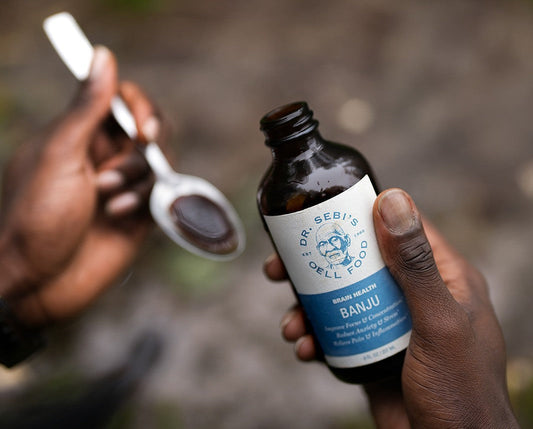
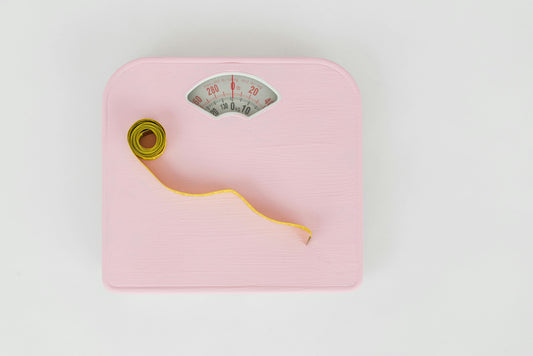











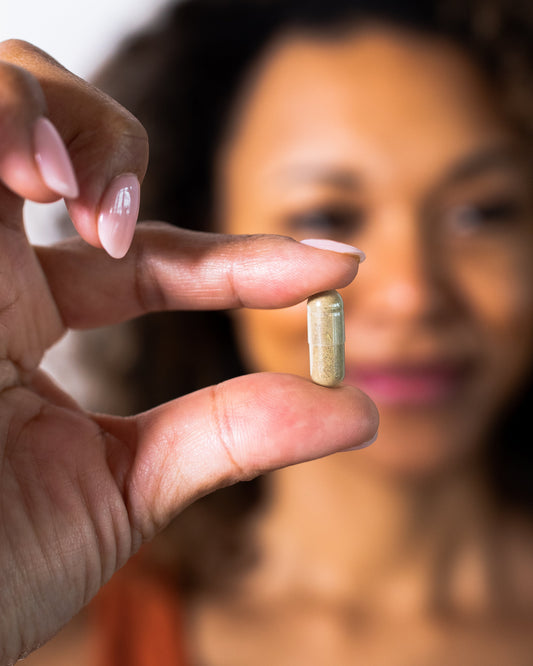

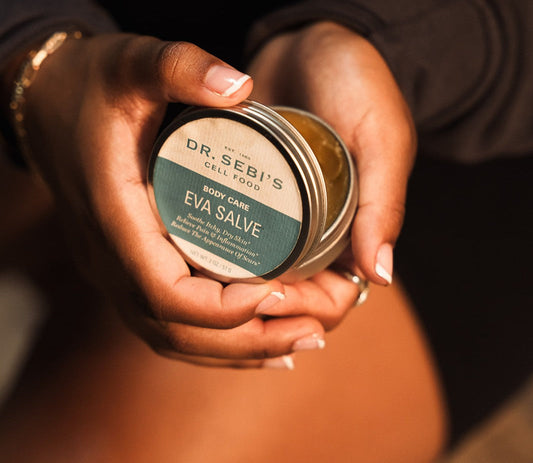
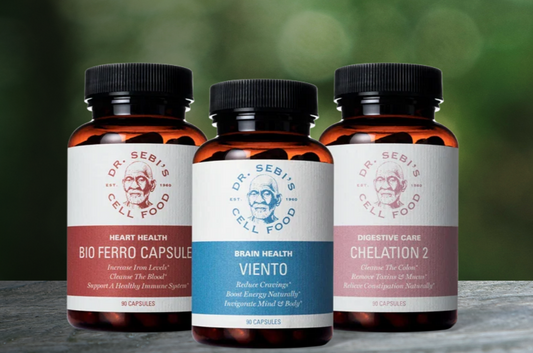


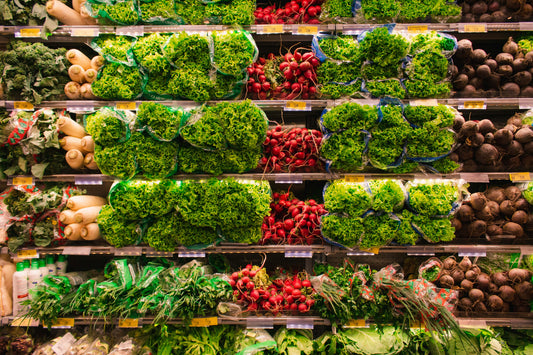
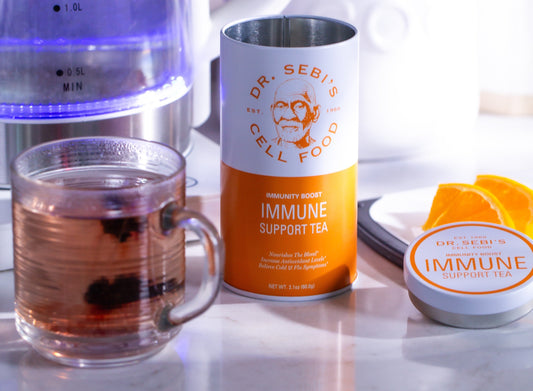






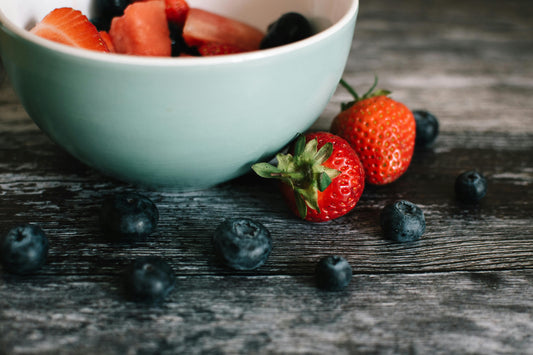
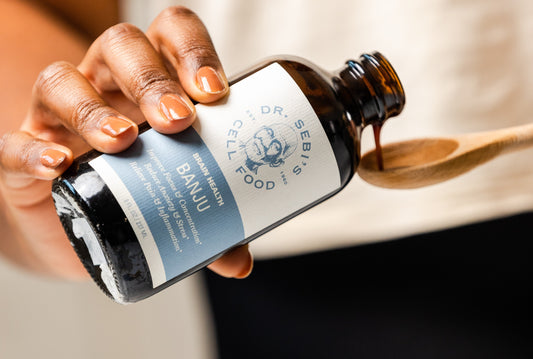
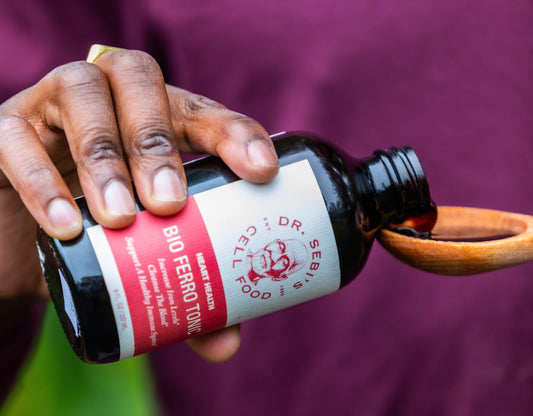







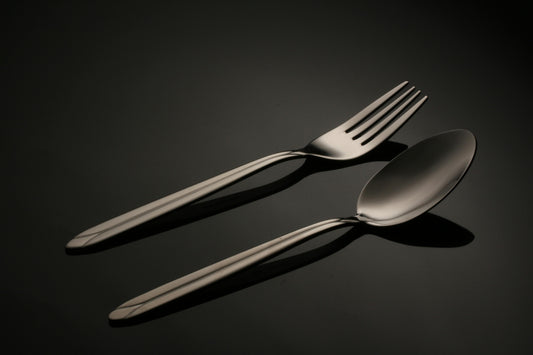
2 comments
This is a great list – thanks for sharing! Another useful one to add is ice – apparently, if you crave chewing an ice cube, it could indicate iron deficiency.
Very informative. I love the explanations and suggested healthy alternatives.